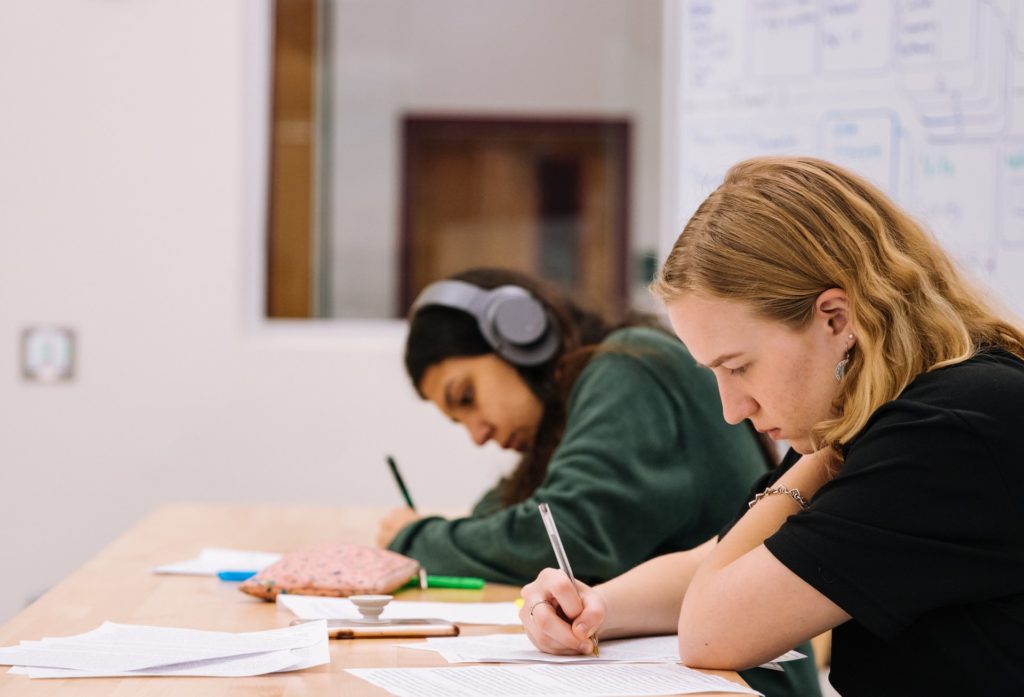Almost one in four secondary school students in the Dutch-speaking system (23%) are lagging behind by one year in their educational attainments, according to Statistiek Vlaanderen.
For younger children in primary school, the figure is 12% for the school year 2020-2021, which closed at the end of June.
Educational arrears are judged by where a student actually is, compared to where they would be reckoned to be if they started school at a normal age and reached the stage where they are now.
Education in Belgium is a matter for the language authorities. In the French-speaking system that is the French Community; in the Dutch-speaking part of the country these matter are dealt with by the Flemish government. That includes schools in both Flanders and Brussels.
The majority of primary students had one year of arrears, with only 1% suffering a lag of two years or even more.
At the other end of the scale, 1% of students were one year or more in advance of their contemporaries, evenly divided among boys and girls. The backsliders, on the other hand, were principally boys.
The school streams in the Flemish system – ASO (humanities), BSO (professional training) and TSO (technical education) – also show a difference in arrears. There is a tendency, often remarked upon by experts, for what is known as the ‘waterfall effect’: students who are not considered capable of dealing with an ASO education are diverted to the other two streams, with TSO falling at the bottom of the waterfall.
But the system is self-fulfilling, and not surprisingly, there is a marked difference among the streams: in the sixth year of secondary, 12% of ASO students has arrears of one year, while among BSO students the figure was 57%.
For severe arrears, meanwhile, BSO students are the most serious affected, with a figure of 12% suffering a retardation of two years. That compares with 7% for TSO and for arts education (KSO).

